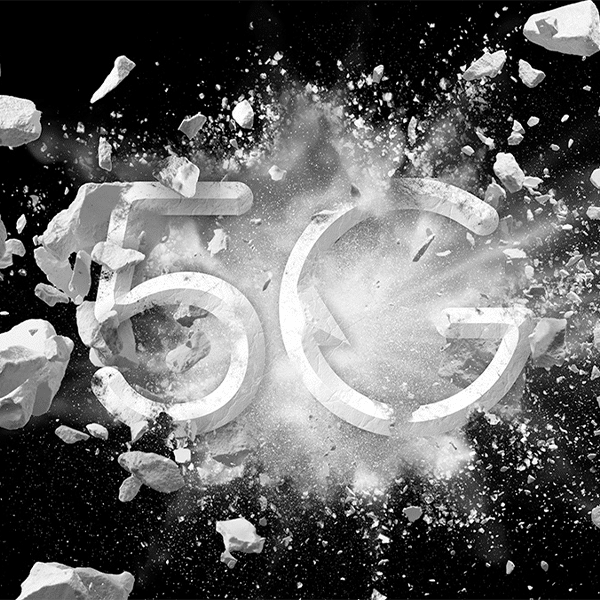 Apple’s iPhone 4, unveiled at the company’s Worldwide Developers Conference yesterday, offers videoconferencing, e-book support, a Netflix app, dual cameras, and a new operating system, among other new features.
Apple’s iPhone 4, unveiled at the company’s Worldwide Developers Conference yesterday, offers videoconferencing, e-book support, a Netflix app, dual cameras, and a new operating system, among other new features.
According to Apple CEO Steve Jobs, the iPhone 4 represents “the biggest leap we’ve taken since the original iPhone, and we’re really proud of it.”
The iPhone 4, which claims to be the slimmest smartphone on the market, adds a range of new terms to the Apple lexicon, including:
- Retina – the high-resolution 320 pixel-per-inch display which Apple claims is “so dense that the human eye is unable to distinguish individual pixels when the phone is held at a normal distance,” thereby yielding sharper images.
- FaceTime – the built-in videoconferencing capability, which currently works only with WiFi networks. FaceTime enables video chat.
- iOS 4- the new operating system that, among other things, supports multi-tasking, which enables users to switch between applications while preserving battery life.
- iAds – a new mobile advertising platform that lets users interact with an advertisement without leaving the ad. For example, users can reserve a car while watching an ad for that car model.
- iMovie – a new application that lets users edit movie clips, and add transitions and music.
Surprisingly, there is no buzzword for another of the device’s more innovative features. In addition to the accelerometer included on earlier iPhones, the new model also has a three-axis gyro—together they provide six-axis motion sensing, including up/down, side to side, forward/ backward, and pitch/roll, which makes gaming on the iPhone even more compelling.
The iPhone 4, which also has improved battery life, will be available June 24. AT&T will sell a 16 GB version for $199 with a two-year contract. A 32GB version will retail for $299. It appears that the AT&T exclusive on the iPhone will remain.


